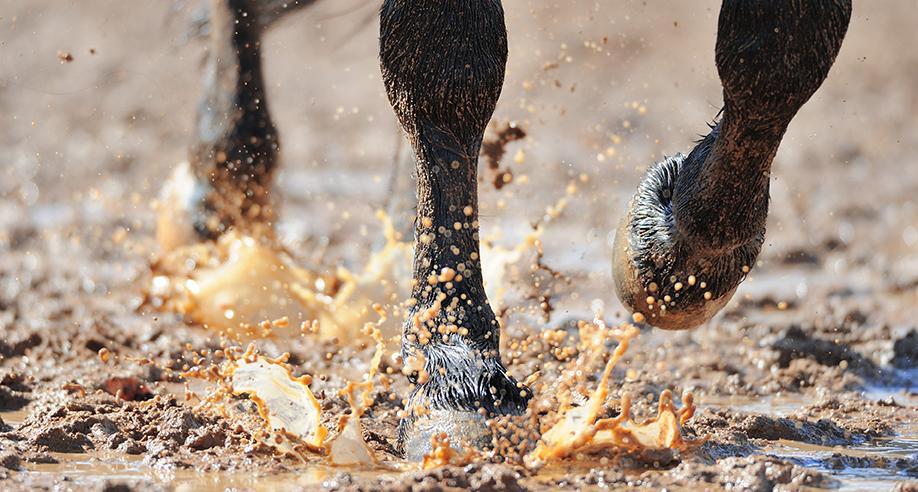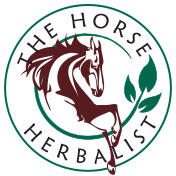
Managing hooves in wet, muddy conditions
At any given time, half of Australia is drought struck, the other flood bound. Horses hooves cope with protracted dry conditions a lot better than prolonged exposure to wet, muddy ground which can lead to problems such as thrush, abscesses, and soft soles.
Here’s how to keep your horse’s hooves healthy through seasons of rain and flooding:
-
Access to Dry Areas
While mud may be unavoidable in some places, it’s crucial to provide dry areas for your horse to stand on.
- Use gravel, shavings, or sand in high-traffic areas like gateways and feeding areas.
- Provide shelter or dry standing areas with rubber mats or concrete for relief from constant moisture.
- Where possible dig drainage channels in prone areas to divert water away.
-
Pick Out Hooves Daily and Check Hoof Health
Mud can trap bacteria and debris, increasing the risk of infections like thrush. Regular hoof care prevents minor problems escalating into major issues:
- Clean out your horse’s hooves daily.
- Look for signs of thrush, cracks, and bruising.
- Check for any signs of foul-smelling, black discharge (a sign of thrush).
- Apply a natural antibacterial hoof treatment if necessary.
- Some of our clients swear by covering the sole and coronet with Vaseline to repel the moisture
- Schedule regular trims with a farrier to prevent overgrowth and imbalance.
- Consider using hoof boots for extra protection if your horse is struggling with soft soles. Make sure they fit comfortably and check daily.
- Monitor for laminitis
-
Encourage Movement
Horses that move more have better circulation in their hooves, helping to prevent issues caused by excessive moisture.
- If possible rotate paddocks to prevent excessive mud build-up.
- Provide exercise to keep hooves healthy and strong.
-
Balance Moisture Levels
Overly soft hooves can become weak and prone to bruising and abscesses.
- Use hoof hardeners or natural drying agents like apple cider vinegar or Condy’s Crystals (readily available at most hardware stores) if hooves are becoming soft.
- Avoid excessive washing of hooves, which can weaken their structure.
- Maintain your dry standing area so hooves can dry naturally.
-
Support Hoof Health with Nutrition
Strong hooves start from the inside out. Ensure your horse’s diet includes:
- A good quality hoof supplement containing Biotin, zinc, and methionine
- Herbal supplements like nettle and rosehips to promote circulation and hoof growth.
Final Thoughts
While muddy conditions are inevitable in rainy seasons, proactive hoof care can prevent many common problems. By maintaining dry areas, encouraging movement, and supporting hoof health from the inside out, you can help your horse stay comfortable and sound all year long.
If you need natural hoof treatments or herbal support, check out our range of herbal supplements tailored for hoof health.
Let’s keep our horses thriving, no matter the weather!
Bug Buster – infection mix. Use internally at first sign of any suspected infection in the body. Boosts the immune system while targeting bacteria.
Homeopathic Hep.sulph 6c – use at first signs of an abscess, will hasten the process
Homeopathic Arnica 6c – for bruising
Herbal Wound Spray – for any open wounds. This fantastic formula is quickly absorbed and kickstarts the healing process. Cover with a water repellent if ground is still wet.
Anti- Founder Formula – internal herbal extract for cases of Founder or Laminitis (also improves circulation).
